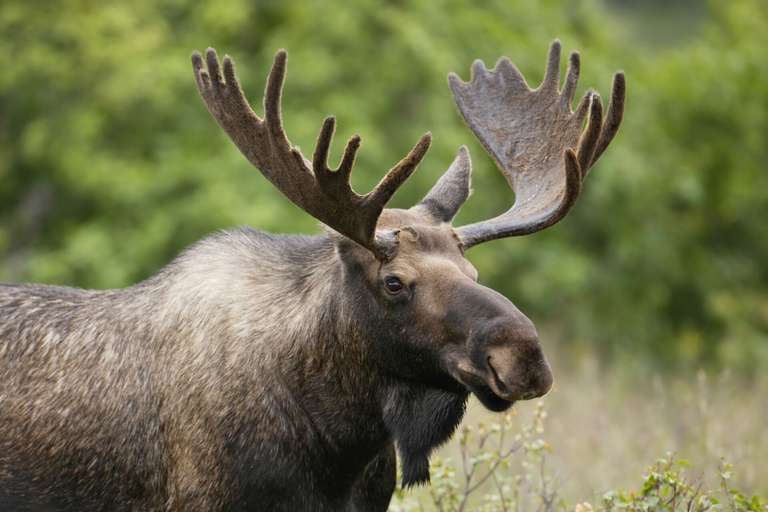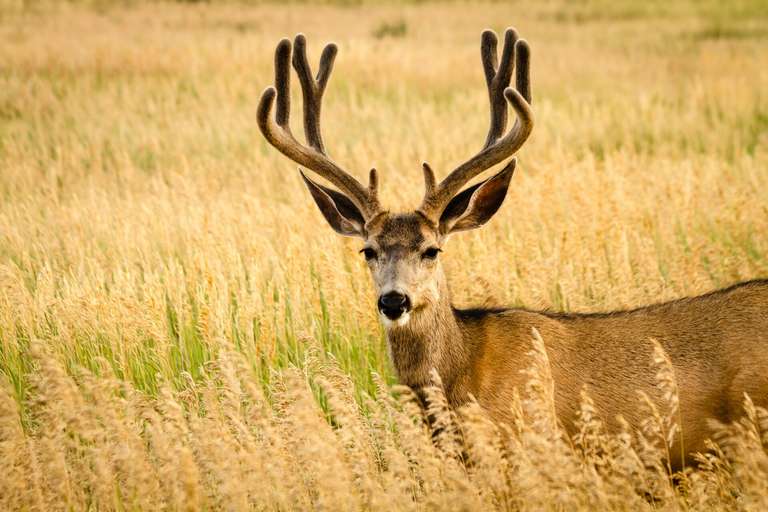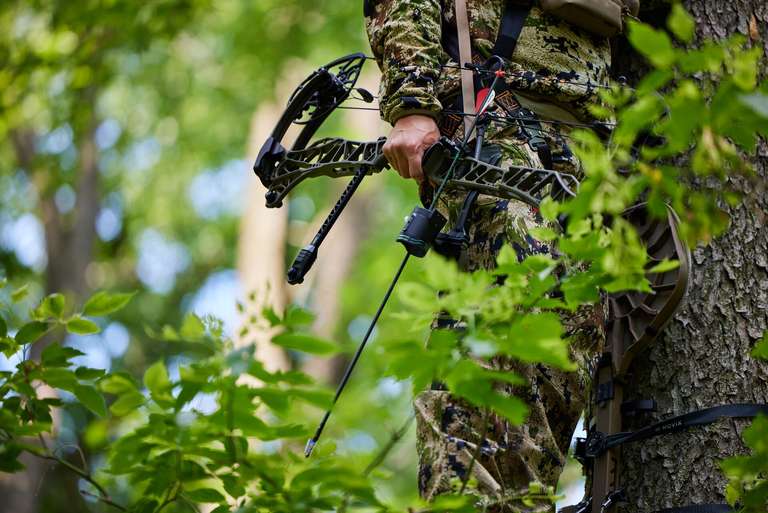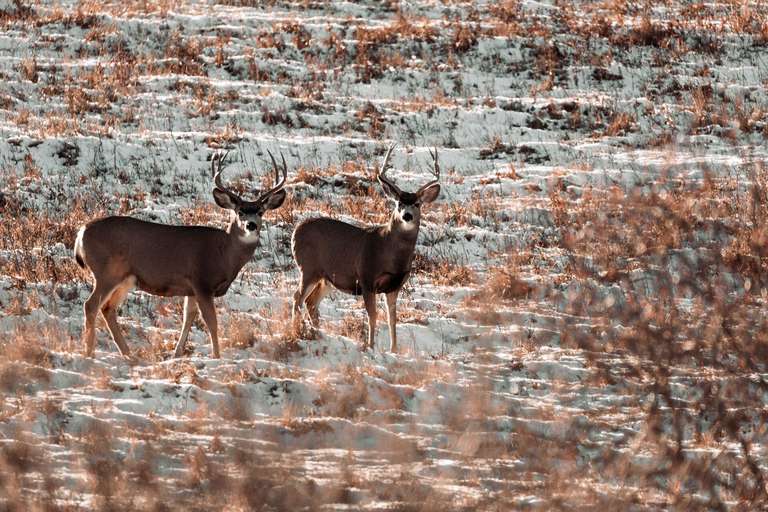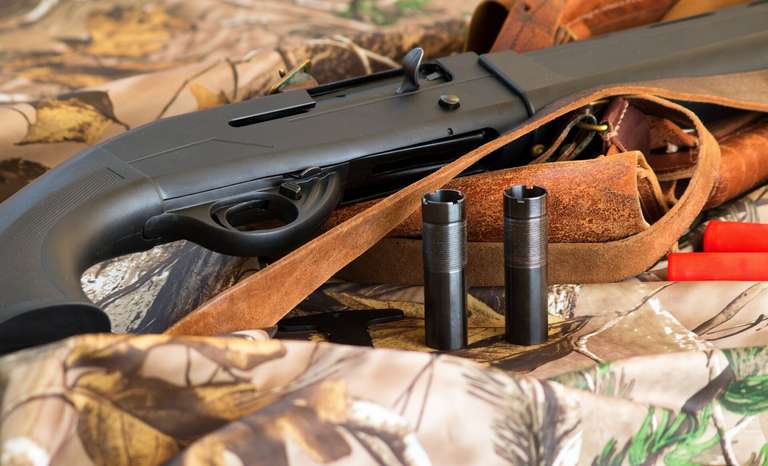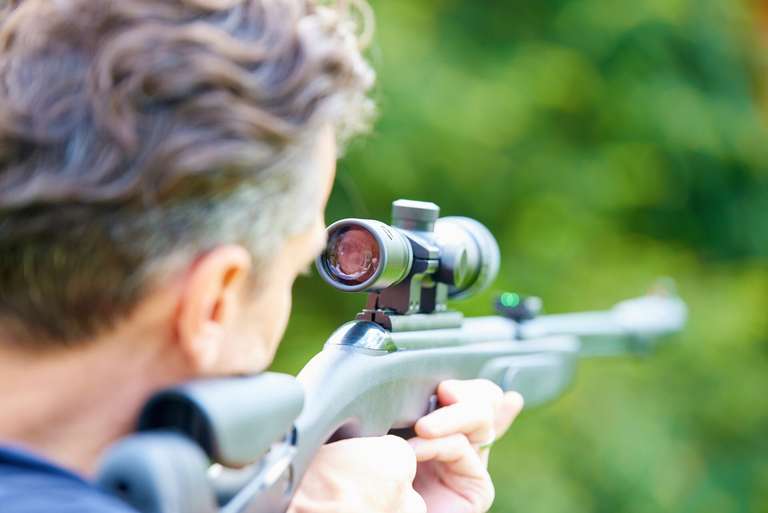10 Expert Deer Hunting Tips for Beginners
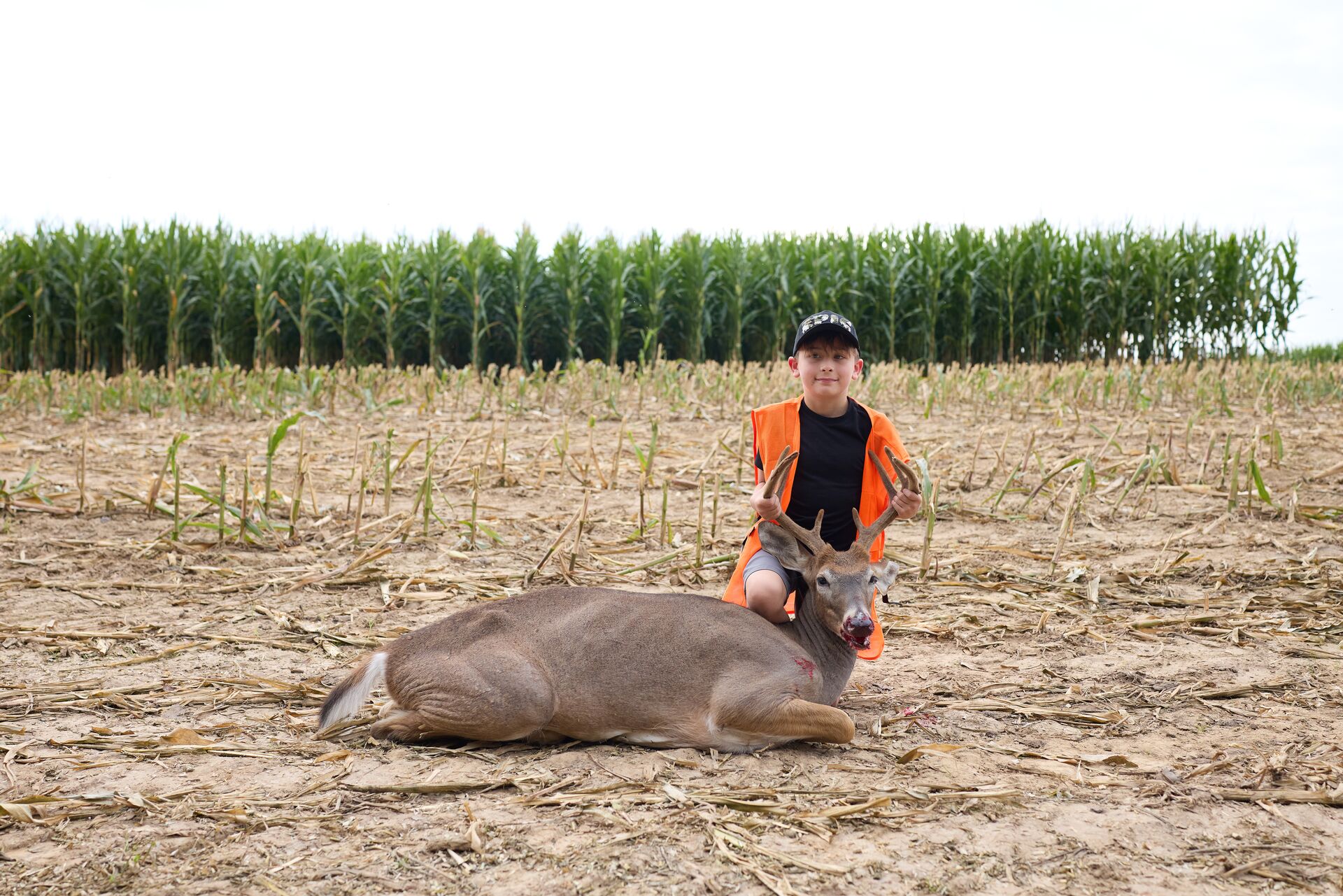
Your first few seasons as a deer hunter can be overwhelming. Trying to get a handle on all of the variables, deer behaviors, equipment, fieldcraft, and weapon practice can easily lead to a feeling of paralysis by analysis.
However, with some expert tips, you can become a proficient deer hunter sooner than you think. Keep reading for ten expert deer hunting tips that can help you better understand the fundamental skills necessary for success in the field.
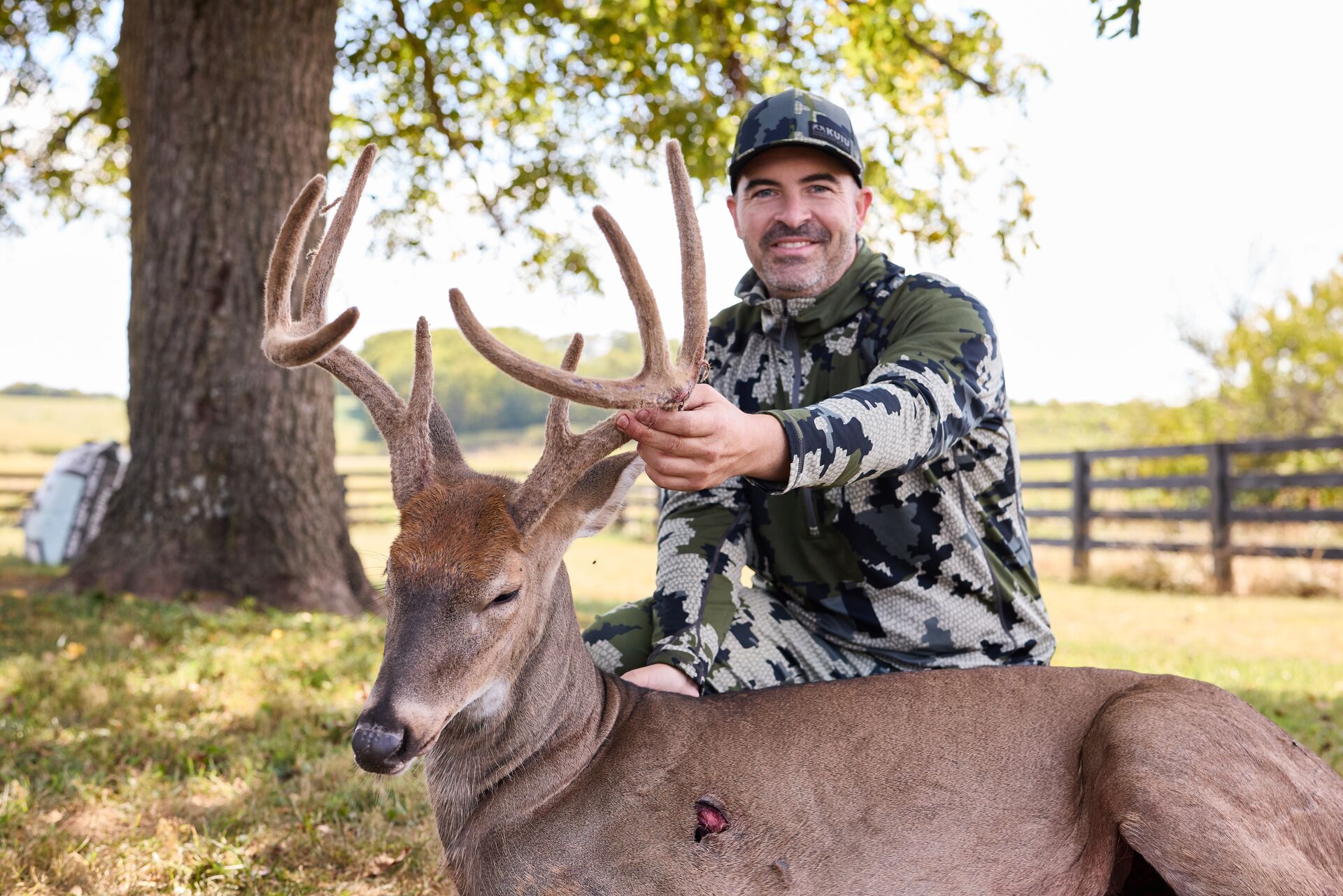
How to Go Deer Hunting for the First Time
As with all deer hunting beginner tips, start with the fundamentals.
Do your research on local hunting laws, season dates, and restrictions, as well as equipment regulations. Game laws vary by state and even by hunting units within the state. These laws often change from season to season, so make sure to check the regulations before you head out on your hunt.
Also, make sure you have the proper hunting license and tags for the unit you’re hunting in. Know your hunting spot’s property boundaries to avoid legal issues and possible loss of your hunting license.
Then, don’t be the person who confirms zero with your rifle or bow just before the season starts. Develop a consistent, year-round practice program to hone your accuracy in various positions, field conditions, and distances within your effective shooting range.
Be a student of the deer. Study their feeding times, bedding locations, and travel routes. If you can predict where the deer will be, you can put yourself in an optimal shooting position during the hunt.
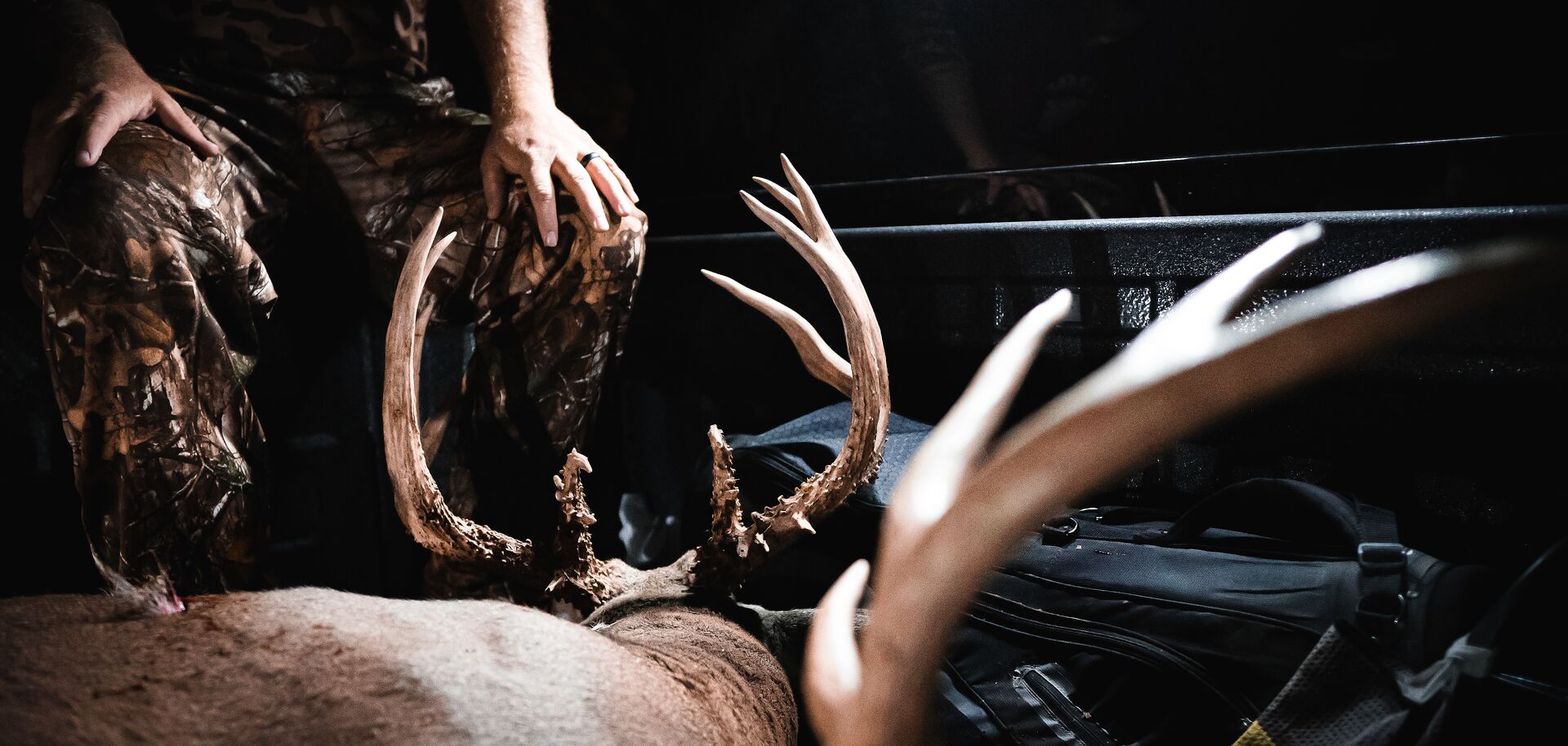
10 Deer Hunting Tips for Beginners
With your license and details confirmed for your hunt, apply the following ten expert tips for a successful deer hunt!
1. Know How Far Away a Deer Can Smell You
A deer’s primary defensive tool is its nose. A deer can detect your scent from hundreds of yards away, so being aware of wind direction and managing your scent control are vital to your success.
Always be mindful of keeping the wind to your face so your scent is carried behind you, not in your direction of travel. While scent-control clothing and sprays tend to minimize your odor, they are not foolproof.
Focus on reducing the animal’s ability to detect your scent rather than trying to be olfactorily invisible.
2. Scout Your Area
Don’t rely on luck when it comes to finding deer. Use a hunting app like HuntWise to e-scout an area, then make a point to visit prospective hunting spots before the season starts. Look for fresh tracks, scat, rubs, and bedding areas that will give you an indication of regular deer use.
Remember: Deer behavior focuses on food. Even though deer can consume more than 400 plant species, start by focusing on prime food sources like oak trees with acorns, agricultural fields, and heavily vegetated areas along timberlines.
3. Choose a Good Deer Hunting Spot
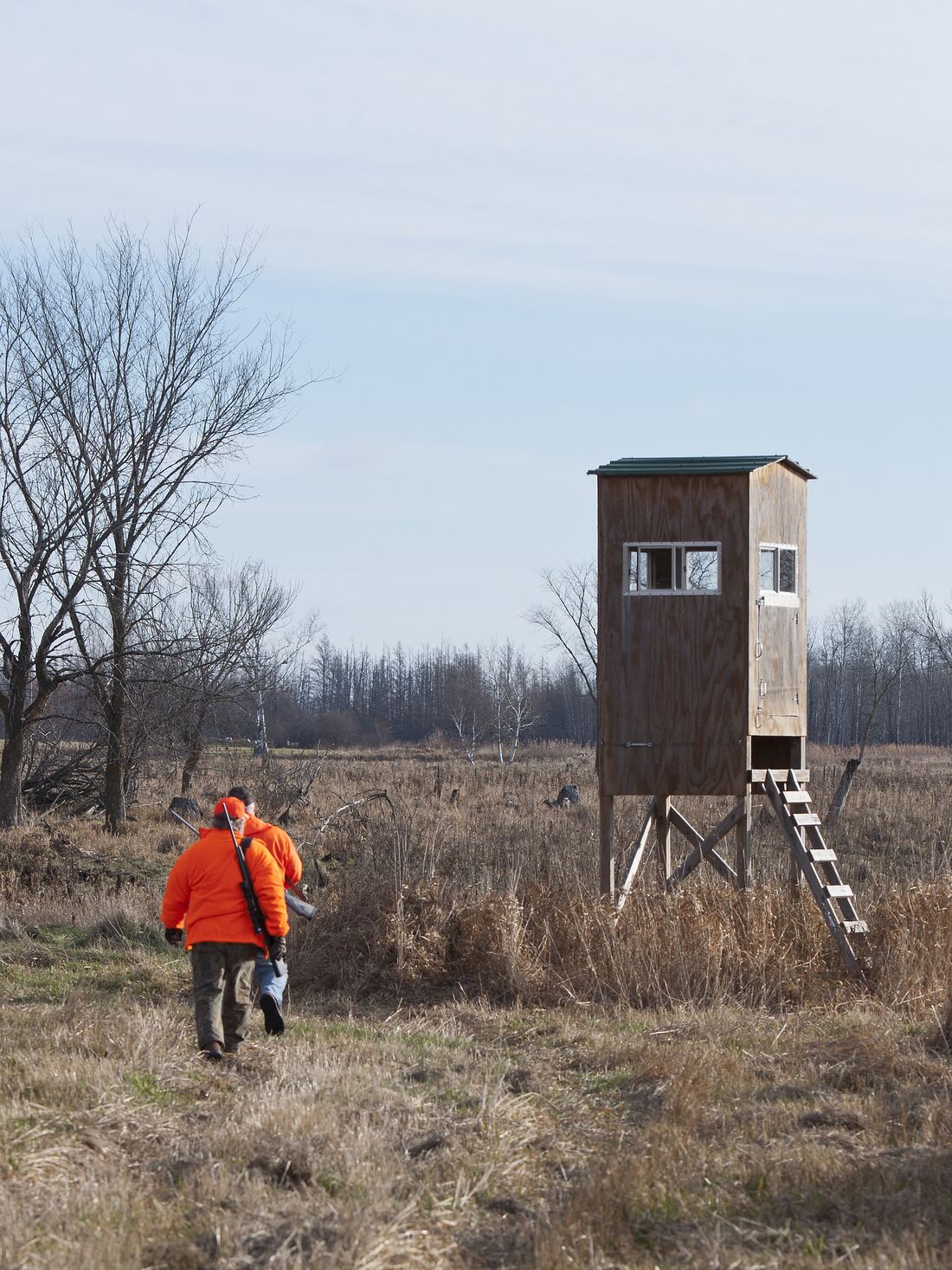
Once you have a better idea of where the deer are, you’ll need to find strategic positions that will give you a high probability for shot opportunities.
Knowing that deer move between their bedding area and food, look for natural funnels like creek crossings, valleys, rock formations, and treelines along their travel corridors.
Once you’ve spotted those routes, find a location that puts you within your effective shooting distance and gives you good cover and a clear shooting lane for the perfect broadside shot. As always, be mindful of prevailing winds that could impact your shot.
4. Find a Mentor to Learn Local Deer Hunting Tips
Connecting with an experienced hunter is one of the best deer hunting beginner tips for shortening your learning curve. A seasoned mentor can help you get your gear dialed in, improve your shooting skills, and teach you the best ways to locate, harvest, and process deer.
If you don’t have a family friend or neighbor who can work with you, consider joining a local hunting or shooting club. Many state fish and wildlife agencies can also connect mentors with new hunters who show a genuine interest in learning.
Plus, hunting with an experienced mentor can boost your confidence while providing an extra layer of safety in the field.
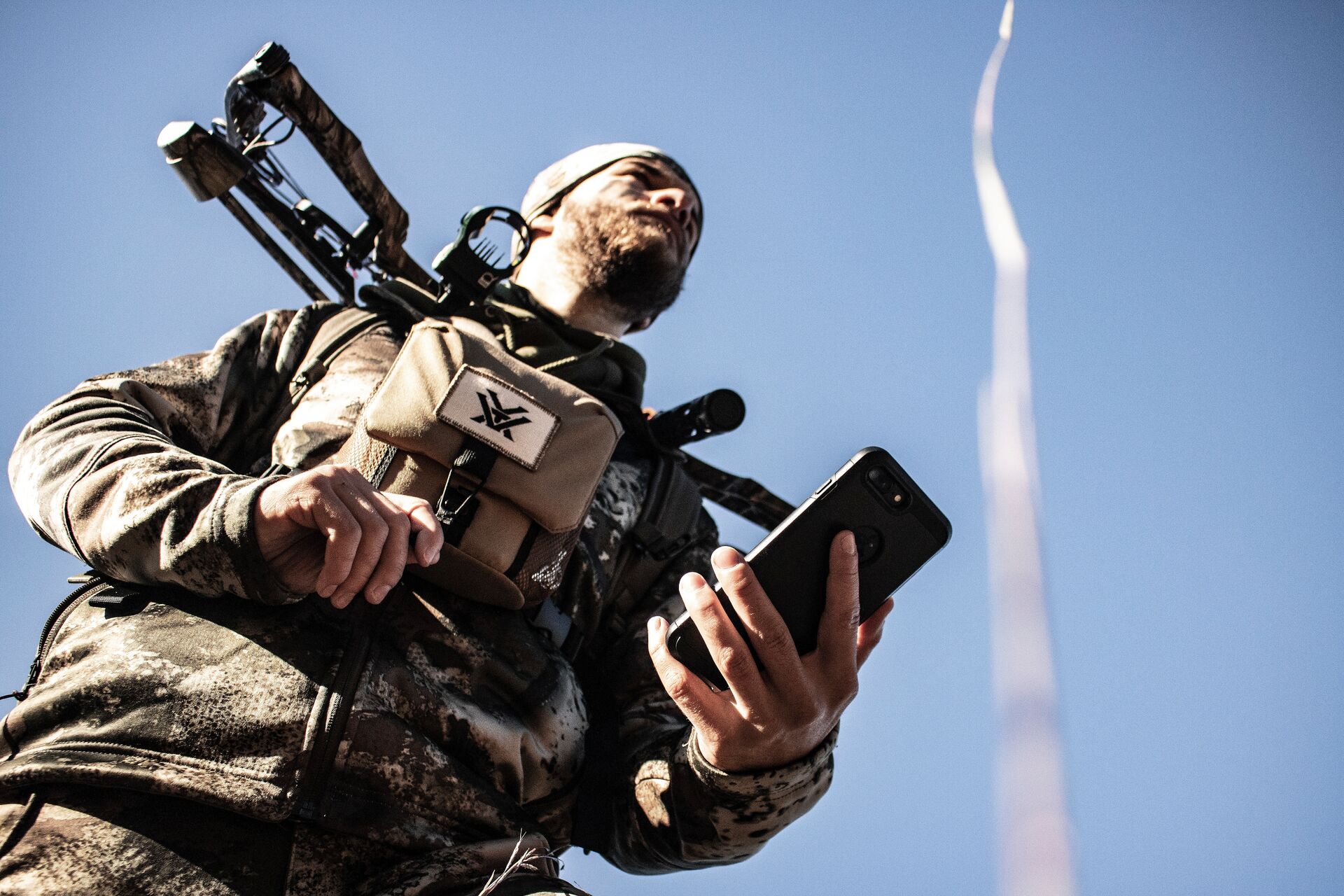
5. Learn Your Gear
Finding out your gear doesn’t work in the middle of a hunt is not the time nor place for that discovery.
Make sure you are familiar with your clothing, safety equipment, navigation tools, and field gear before the hunt. Practice using everything you take to the field until its use is automatic and can be done in the dark.
Always make sure you practice shooting at the range with the clothing and equipment you’ll be wearing during the hunt. Jackets can restrict arm and leg movement, and pack straps and binocular harnesses tend to get in the way of a rifle buttstock or impede your drawing arm.
You should also have the ability to “self-rescue” during a hunt. That means having a sharp knife, flashlights, navigation aids, and any basic tools to repair your weapon or optic. Always carry a first aid kit and know how to use what is in the kit.
6. Know the Best Time of Day to Hunt Deer
Like many game animals, deer are primarily active during low-light periods, particularly at dawn and dusk, when they move between their bedding and feeding areas.
Those patterns can change during the rut, with active bucks moving during midday hours in search of a doe.
Note how the moon phases alter a deer’s movement. For example, deer will be more active at night during a full moon and less active during the day.
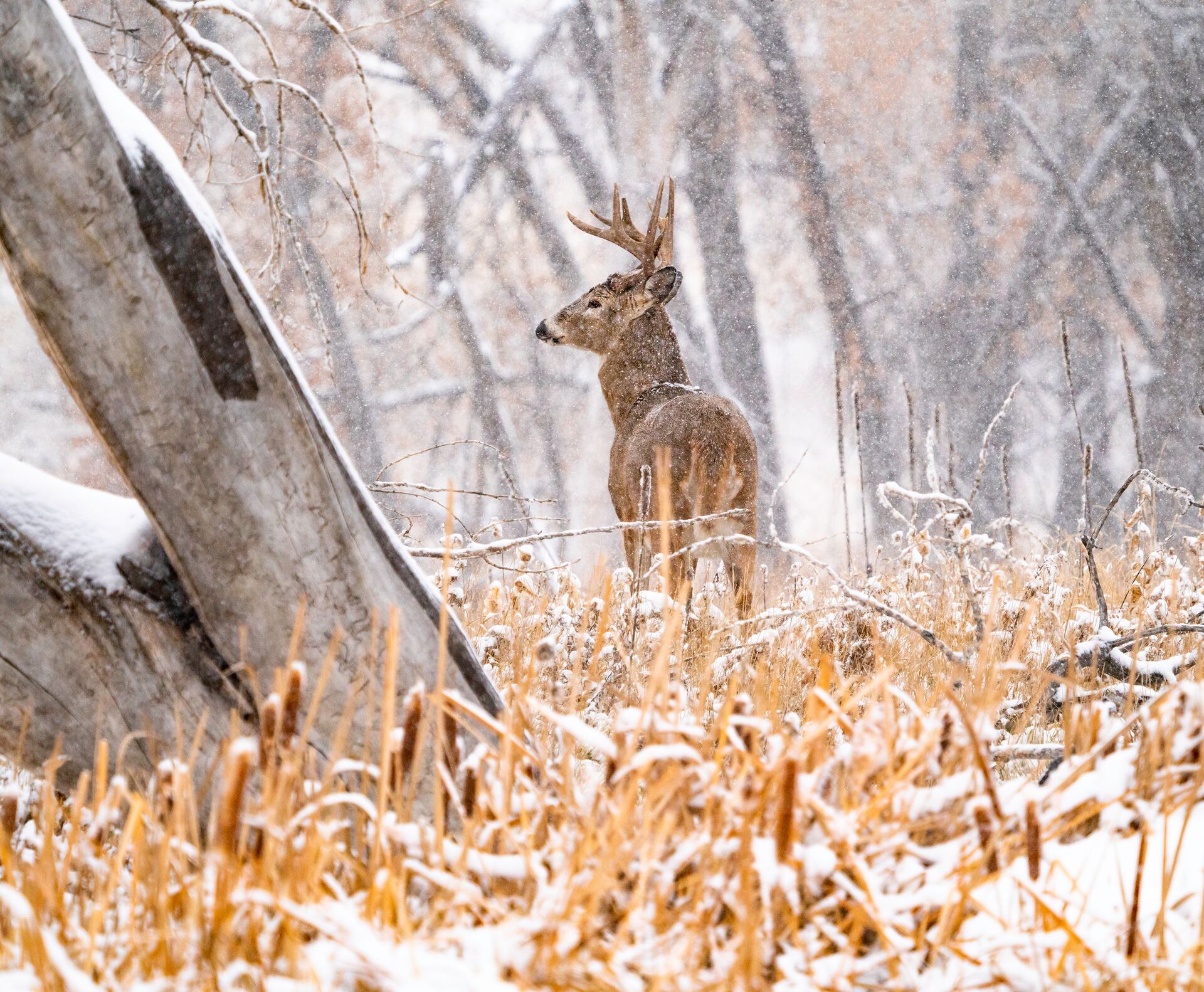
7. Know How Weather Affects Deer Hunting
Temperature and precipitation have a significant influence on deer activity, so keep an eye on the forecast.
Cold fronts and light rain will trigger feeding activity in deer, so they will often move more in these conditions. On the other hand, strong winds and heavy precipitation make it more difficult to move and more challenging to detect danger, so deer will tend to stay confined to bedding areas.
A fresh snowfall is ideal since you can locate tracks and find deer trails. Snow also makes tracking a wounded animal easier.
8. Be Patient and Stay Quiet
Hunting deer, specifically white tails, requires patience and discipline. You have to move through the terrain slowly and quietly while still hunting and going to and from your blind or treestand.
Since deer have an uncanny ability to detect movement, scent, and sound, be prepared to sit perfectly still for extended periods. Make sure your mobile phone is in silent mode (or off), maintain scent control, and be aware of the odor your food and snacks create.
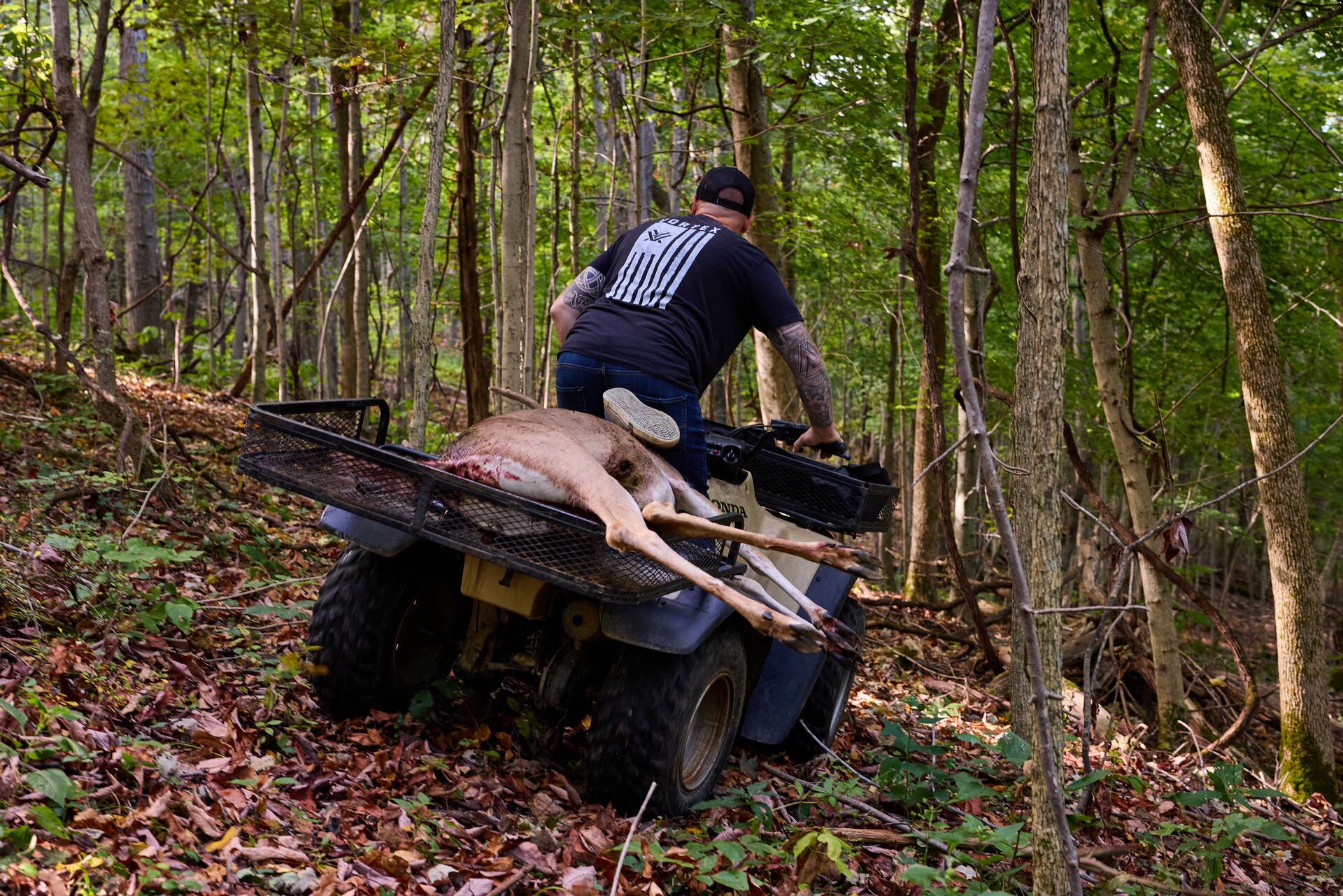
9. Have a Plan for Harvesting Your First Deer
The hunt doesn’t end once you’ve successfully made a lethal and ethical shot. You need to plan ahead on how you’ll bring this big animal back home.
Know how long to wait after the shot before approaching your deer or starting to track it. Carry a “kill kit” that contains a sharp knife, gloves, game bags, and your tag so you can quickly begin processing or field dressing your deer.
Learn the proper handling techniques to preserve your meat during transport, as well as butchering and processing techniques once the deer is out of the field. You want to be able to enjoy the fruits of your effort by maintaining food safety standards from field to table.
10. Take a Hunter Safety Course
Hunter education is essential!
The deer hunting tips for beginners we shared today are more effective when combined with a state-approved hunter safety course. These courses are not only required for new hunters to obtain a hunting license, but also provide essential knowledge on firearms handling, safety, wildlife laws, animal behavior, conservation, and ethical hunting practices.
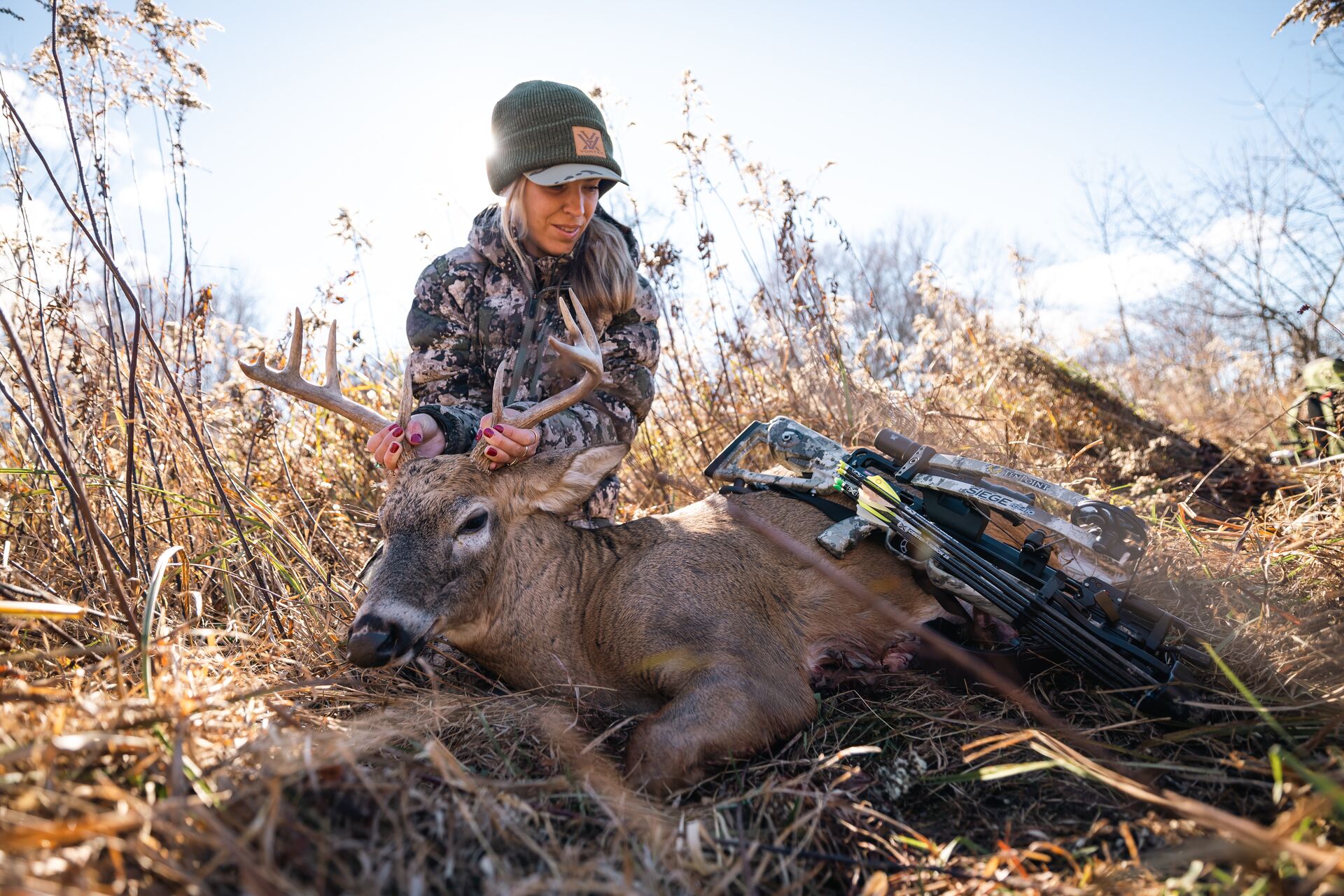
Pro Deer Hunting Tips and Hunter-Ed Help You Tag Out (Safely)
The deer hunting tips presented here are just the beginning of your journey toward becoming an experienced and successful deer hunter. No one was born a master deer hunter, so be patient and understand that these skills will develop over a lifetime of hunting as long as you are patient and willing to keep learning.
Take the first step with an ilearntohunt hunter safety course for your state. The hunting education you’ll receive is the perfect complement to the strategies discussed in this article and will help you build a solid foundation for many seasons as a successful and ethical hunter.
Plus, our online courses help you meet your state's requirements for hunter education.
So, before deer season arrives, take the ilearntohunt course for your state!

HuntWise helps you scout the best spot to set up for your hunt, track deer movement, and plan the best days to be in the field based on wind and weather.
The best part? ilearntohunt students can take advantage of 30 Days of free access to HuntWise after completing one of our hunter education courses!
Now is the time to complete your course, get your hunter education certification, and take advantage of 30 free days with HuntWise. Learn more in your student dashboard!

